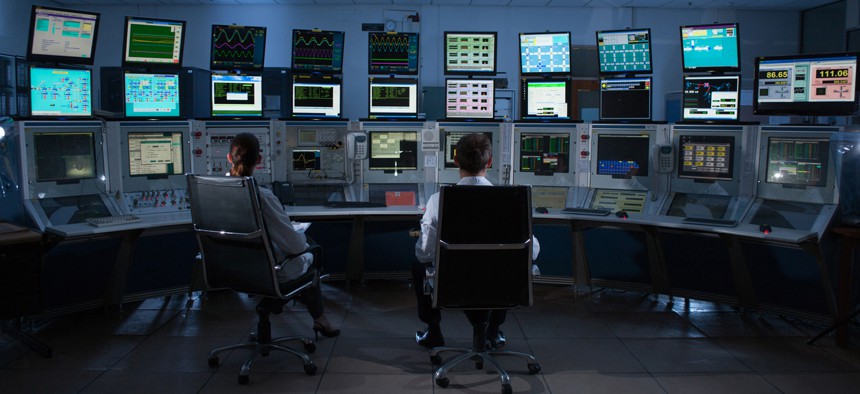sponsor content What's this?

Improving Cyber Mission Assurance with Actionable Insight
Presented by
Booz Allen Hamilton

In one of his last appearances before the Senate Armed Services Committee, former NSA director and head of the U.S. Cyber Command (USCYBERCOM), Admiral Michael Rogers, painted a grave scene of the cyber landscape: “Adversaries realized decades ago that the power of the U.S. military in no small part derives from its integrated and synchronized functioning...if their efforts to penetrate the Department of Defense Information Network (DoDIN) were to succeed and open avenues for attacks on our DoD networks and systems, then my fellow Joint Force commanders would find it difficult to execute their respective missions.” While it is now widely accepted that military commanders must understand the full scope of cybersecurity risks their missions face to best protect them, they often lack the necessary visibility and actionable insight into their cyber threat environment to do so.
The DoD now recognizes that no government or military organization can eliminate every security risk. Instead, the owners and defenders of systems must decide what risks to remove, what is impractical to remove, and what must be managed. To do this, the DoD created a risk management framework (RMF) to help system owners understand, assess, and prioritize risks. While this framework has its merits, it can only be effective if the impact of any action taken is understood with respect to other mission elements. This means that those responsible for the overall mission need to understand the critical dependencies and connections between information systems and objectives. Without this kind of dynamic, up-to-date visibility, commanders are unable to determine the severity of the various risks they face and make informed tradeoffs and resource decisions that impact readiness.
Past attempts to address this have brought information system and mission planning teams together to identify and manually map how various systems and mission tasks are connected. Unfortunately, because these teams developed in entirely separate spheres, they often lacked a standardized approach or technical language, making it challenging to properly weigh the value and risk of each system component. Additionally, it can take months to manually map out how a single information system supports various mission tasks, and even when this rudimentary approach successfully identifies the connection between a system component and mission task, it doesn’t necessarily provide the context and insight necessary to help commanders prioritize cybersecurity resources. Commanders need to know not just whether a mission-critical system is vulnerable, but also how likely it is to be attacked and how likely it is that an attack will be successful.
The shortcomings of manual mapping can be addressed by harnessing the power of advanced analytics and human insight. With a more comprehensive and continuous mapping strategy, cybersecurity teams can better characterize system-to-mission connections and align their activities directly to mission objectives. This starts with consolidating and enhancing the data ecosystem. After combining the vast amounts of data DoD organizations already collect, missions need to supplement this with threat intelligence data. From there, teams of people across domains, including data scientists, and experts in information systems, mission planning, and threat intelligence, must work together to develop a common vocabulary and weighting system to determine how important various elements are to one another. This data must also be tagged. Though this process can and should eventually be automated, human insight is critical in the early stages for building context into the mapping process. Once comprehensive mapping is in place, domain experts have a new ability to turn the dials with predictive analytics to see what might happen if something changes.
This new approach allows machines to do what they do best (analytics) so people can do what they do best (analysis). Once everything is in alignment, government and military organizations can move toward cyber readiness at machine speed and teams can engage in a more holistic plan to identify, protect, detect, respond, and recover multiple systems at lightning-fast pace.
Read the thought piece to learn more about this topic.




